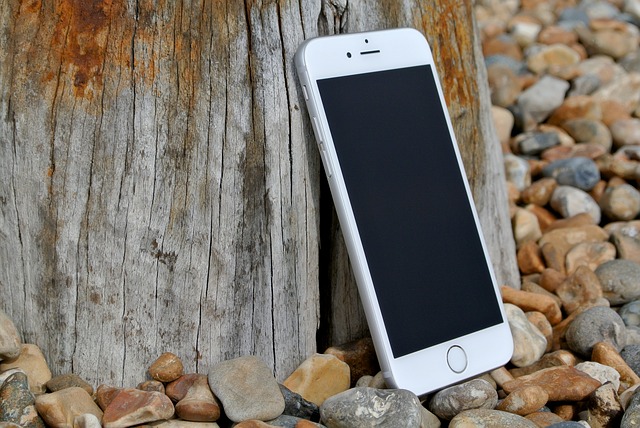
All of us know that smartphones have come a long way over the years, but the exact level of development can be difficult to appreciate. Gradual changes over generations of devices can be like measuring your growth as a kid, far too slow to notice without outside help.
Take a look back, however, and it’s possible to get a real appreciation of the distance travelled. For this reason, we’re going to be comparing the standard iPhone 1 to the base model iPhone 12. You might not realise it, but you’re living in the future, and we want to check out why.
Screen
As the single-most-important factor of a smartphone to relay information, it makes sense that the screen would be a primary area of technological evolution. At the time of the first iPhone, released in June of 2007, full touch-screen devices were still a novelty. The general idea before this was that phones would continue to get smaller, a concept which obviously failed the test of time.
In terms of direct viewing-space, the iPhone 1’s screen measured in at 90mm diagonally, at a resolution of 320×480 pixels, with 163 pixels per inch (PPI). The iPhone 12 offers a 150mm screen of a 2532×1170 resolution, at 460 PPI.
For the real numbers, this means that the original iPhone had only 5% of the pixels of the 12 model device. Coupled with an improvement of colour technologies, better backlighting, and a much faster refresh rate, and the difference is night and day. If any of you own an original model, turn it on and examine it today, note that’s not just system degradation showing, the original devices were really that much worse by comparison.
Processor and Storage Drive
On the hardware side of the equation, supporting new apps, higher resolutions, better frame-rates, and more instant controls has driven the development of much-improved storage and processing. Coming with 128 Mb of RAM, a 412 MHz processor, and a maximum of 16 GB of storage, the iPhone 1 was massively powerful for the time.
By comparison, the iPhone 12 comes with 4GB of much faster RAM, a six-core 2.99 GHz processor, and up to 256 Gb of storage. Combined with a powerful 4-core video processor, this means that the iPhone 12 can effectively manage better performance than dozens of iPhone 1 systems while consuming less power.
Benchmarks of systems as old as the iPhone 1 simply aren’t available, but for reference, we could look at the performance of much newer models. On the dedicated Geekbench benchmark of the iPhone 6, for example, a score of 556 was achieved. For the iPhone 12, this score was increased to 3,914. According to this trend, we’d be surprised if the iPhone 1 managed to crack the 100 point barrier.
Software Flexibility
All of the processing power in the world is useless without the apps to handle it, and that’s where software comes in. Long separate from their desktop and laptop cousins, smartphones have traditionally existed in a much more cultivated sphere. Getting a program working on an iPhone used to necessitate downloading an app, and while this is still the primary method of acquisition, it’s far from the only way forward on modern devices.
For the apps, maximum complexity was also hampered by a smaller app-store and the more limited operating systems. Starting with the iPhone OS 1.0, the iPhone 1 would have a maximum OS upgrade to OS 3.1.3. As for the store, that wouldn’t launch until 2008, with a total of 500 apps available.
For the iPhone 12, a basis of the iOS 14.1 operating system is the default. While it is likely this will be upgraded, to at least an eventual iOS 16, such a development is a few years off yet. In terms of the app store, the current iteration comes with around 1.85 million different downloads.
Aside from these areas, the other significant area of note comes from native web-based applications. Formerly confined by Flash, newer HTML5 technologies allow many systems and services right from the browser. Pay phone casino games are one of the more illustrative examples here, with the likes of slots, table games, and sport betting now possible right from a standard browser. With this taken into account, the total quantity of apps supported is likely many times what is offered by the app-store alone.
Appreciating What We Have
With the technology of today, so many of us have gotten used to the idea of instant gratification. We want our mobiles and apps to load instantly, where waiting for just a few seconds can get us frustrated. While this is only natural, it can pay to take a step back, and recall just how bad things used to be.
Today, the longest waits for apps average users will have on modern iPhones are around the shortest you could expect from the first-gen models. We’ve come a long way, and if we remember that, our experience with modern devices becomes infinitely more enjoyable. We know, it’s easier said than done, but it does make for some interesting food for thought.


